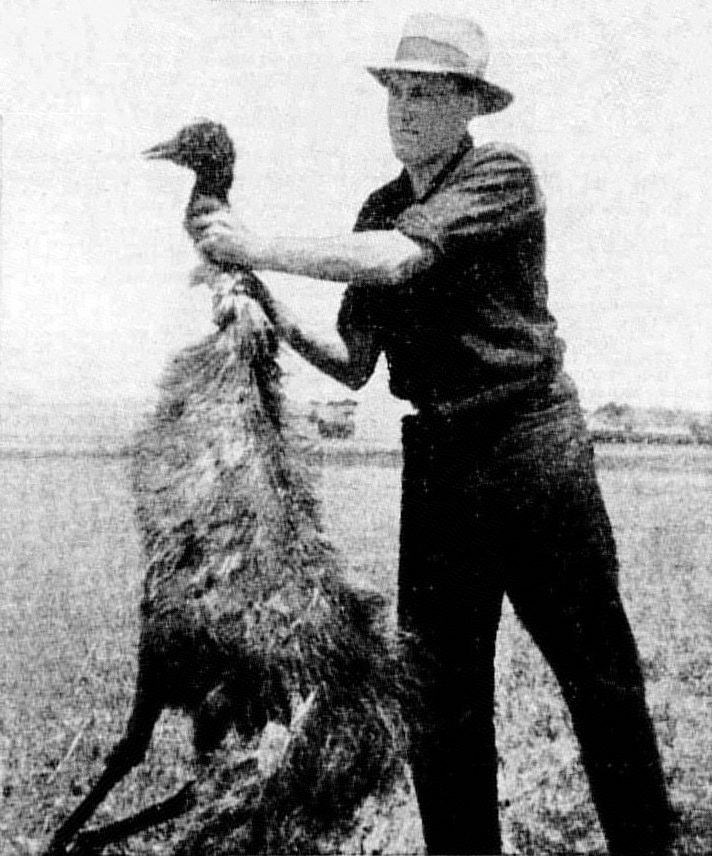Following World War I, the Australian government launched an ambitious initiative encouraging ‘soldier settlers’ to develop land in Western Australia. Little did they know this decision would lead to one of history’s most peculiar military operations.
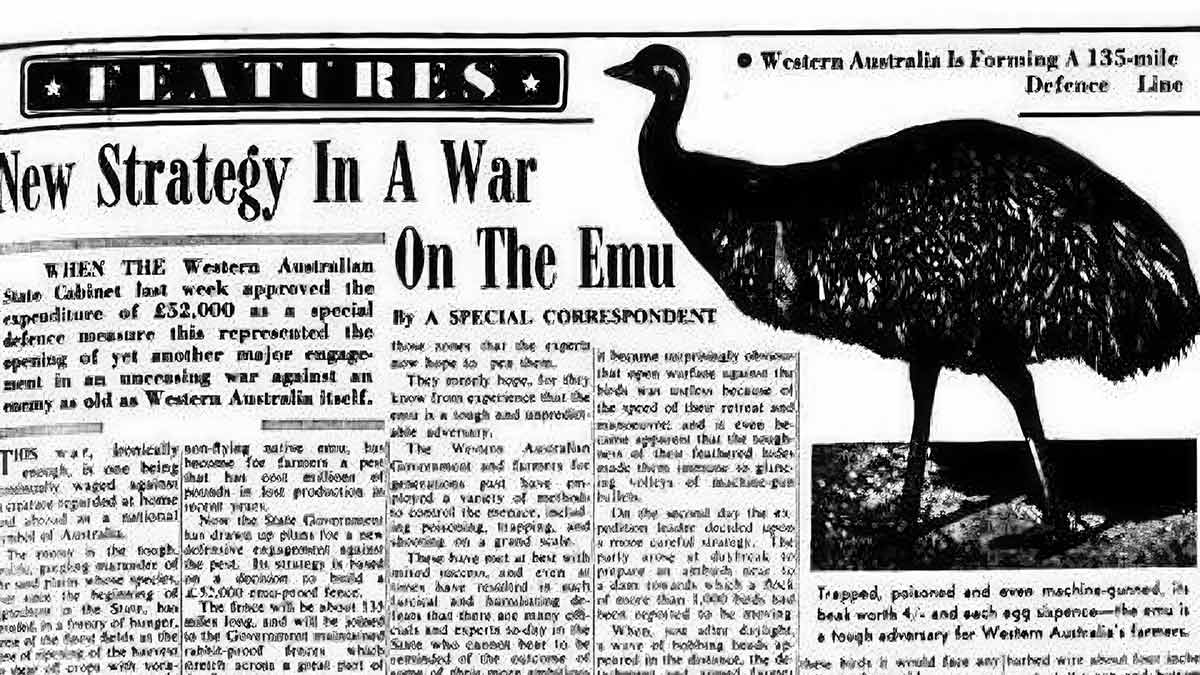
Historical newspaper coverage of the Emu War. Source: The Collector
By 1932, approximately 20,000 emus had migrated into these settlements, wreaking havoc on crops and agricultural infrastructure. The desperate farmers, many of them former soldiers, petitioned the government for military assistance to combat this feathered invasion.
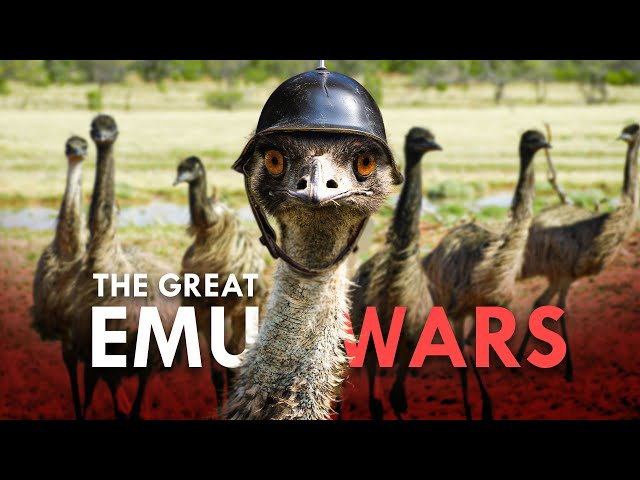
Australian soldiers preparing to engage with emus. Source: YouTube
On November 2, 1932, the military response began. Soldiers armed with Lewis guns and 10,000 rounds of ammunition were deployed to combat the emu menace. However, what seemed like a straightforward operation quickly descended into chaos. The emus proved remarkably resilient and tactical, splitting into small groups and scattering when under fire. Despite their size, these birds demonstrated an uncanny ability to withstand multiple bullets. In the first few days, only 30 of the estimated 20,000 emus were eliminated, leading to widespread ridicule of the military operation.
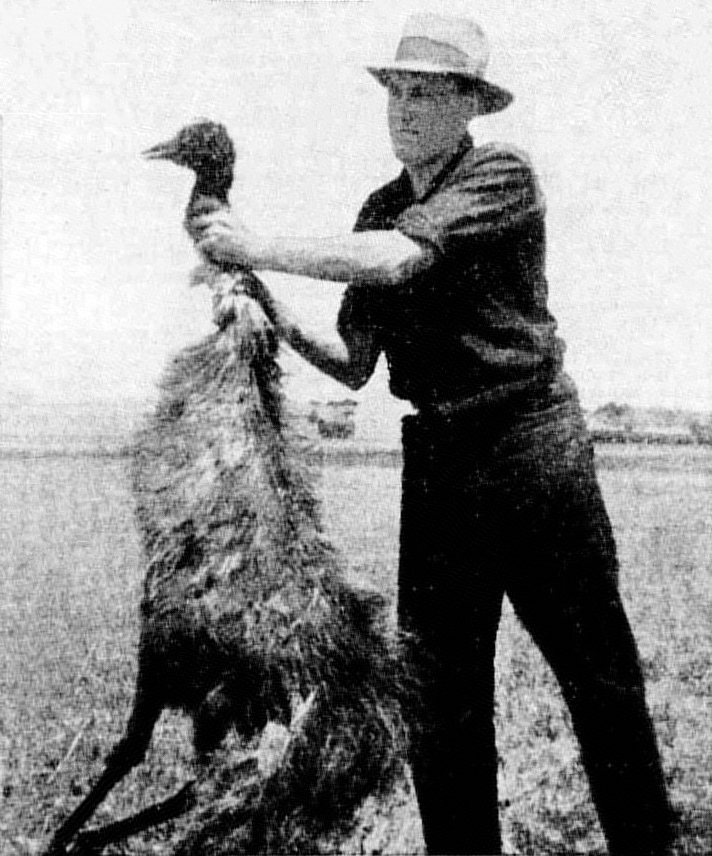
One of the few casualties during the initial military operation. Source: Wikipedia
Despite being viewed as agricultural pests during this period, emus play a vital role in Australia’s ecological balance. These indigenous birds are crucial for seed dispersal, particularly for the quandong plant, contributing significantly to ecosystem health and vegetation regeneration. Their migration patterns and feeding habits help maintain biodiversity across vast Australian territories.
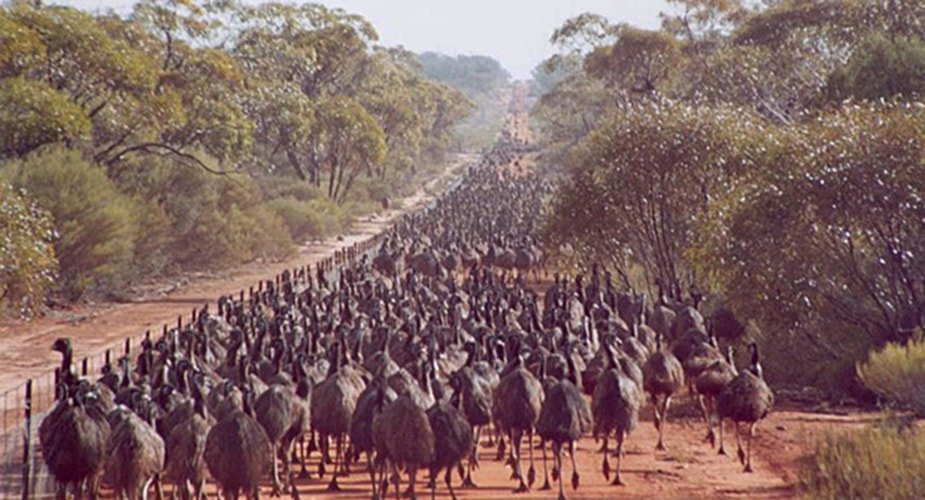
Emus gathering near the state barrier fence. Source: Australian Geographic
Today, emus hold a prestigious position in Australian culture, symbolizing resilience and adaptability. Their presence on Australia’s coat of arms alongside the kangaroo reflects their national significance. Indigenous communities have long revered these remarkable birds, featuring them in dreamtime stories as symbols of strength and connection to the land. The Great Emu War, while a military embarrassment, has become a beloved piece of Australian folklore, demonstrating nature’s ability to triumph over human hubris.
Categories: Australian History, Cultural Heritage, Environmental Conservation, Military History, War History, Wildlife
Tags: Agricultural History, Australian History, Emu War, Environmental Conservation, Indigenous Culture, Military History, Wildlife
Religion: Not applicable
Country of Origin: Australia
Topic: Historical Events
Ethnicity: Not Applicable

